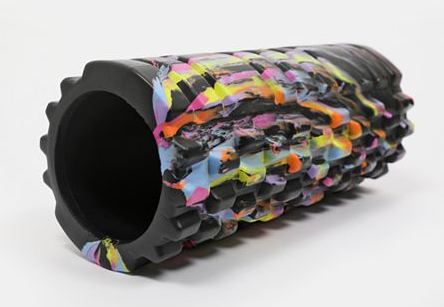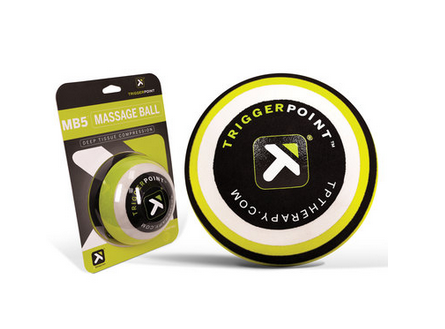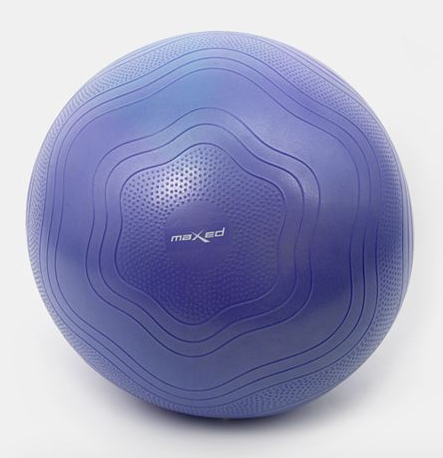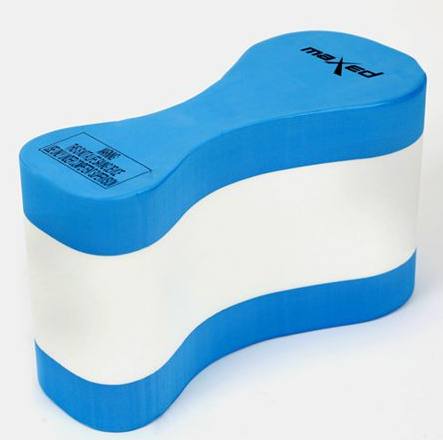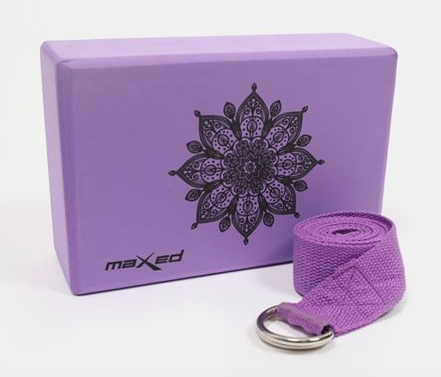How Injuries Can Actually Improve Your Performance!
Do it right, and you could come out of injury a better runner than when you went in.
When I got the diagnosis, I was crushed. My doctor confirmed the significant pain I was feeling – even after a week of complete rest – was a sacral stress fracture. It was January 2018, and I had just committed to a major marathon, with high-calibre races slated in the schedule leading up to the big dance. I was primed for fast times.
The positive MRI, however, meant a hard and fast end to my training. The most activity I would be doing was getting acquainted with crutches, a jarring change from the usual 140 to 160km weeks I was putting in. It meant wiping my training schedule clear and focusing on ‘small wins’ – such as pain-free walking, instead of chasing PBs on the road. Yikes. The competitor in me was paralysed.
Roll out your tense muscles with the Mr P Sport Hard Foam Roller: R299.99
Injury: it’s the dirty little ‘i’ word for all athletes, especially runners, who engage in high-impact activity. We’ve all been there; and if you haven’t, chances are you’ll end up there at some point. While originally I felt devastated, knowing that the fitness and performance gains I’d built in my training block would slowly slip away, this full-stop injury ended up surprising me.
RELATED: Overtraining Syndrome: How To Identify & Recover From It
See, rest is a natural and critical component of any training cycle; if you don’t take it for yourself, your body will eventually force the issue. Though setbacks are never a part of the initial plan, time off is an important part of maintaining long-term health and performance benefits (for proof, see Shalane Flanagan’s 2017 season or Desiree Linden’s 2018 season), as it gives your body time to catch up to the work you’ve been putting in. Injuries also give you an opportunity to gather better information on your body, which allows you to move forward with training more appropriately in the future.
Trust me, I’m not a naturally positive person; but through my own experience, I learned that an injury, while always devastating, can also be a performance enhancement. You don’t have to be a ray of sunshine to glean the good during your time on the sidelines – you just have to be willing to take a step back and take in the whole picture. There were definitely times when I had to search hard for my silver lining, but it was there. Here’s how I did it.
Aid muscle regeneration and target discomfort with the MB5 5.0 Inch Massage Ball: R599
Frame It Constructively
Once my fracture was confirmed, I angled it as the best thing that could have happened for the longevity of my training. It forced me take much-needed rest when I would have continued to forge ahead. It also helped me to shine a light on areas of my running that needed work, like the mental and nutritional aspects. Sure, I lost some fitness – but I was able to restore my entire system and reboot, which was a huge win. Gaining fitness back is possible with consistency and time, but replenishing your body isn’t possible without proper rest.
RELATED: 6 Common Injuries You Should Never Train Through
Lean on Your Support System
The running community is an amazing and compassionate one. Use it! Connect with other runners, find a cross-training friend, and open up to your people. Resist the tempting urge to become a hermit when injured. I extended my support system to include a sports psychologist and nutritionist, to arm myself with a network of experts who could safeguard my return. With these professionals, I tapped into a wealth of training knowledge that I’d overlooked in the past, and that ultimately gave me confidence in
the areas that I could improve upon right away, while regaining total health.
Give Your Mind a Rest
Injury can be surprisingly taxing on your brain. As you rest your body, give your mind a break too. Read more. Have a beer with friends. Stay out late. Meditate. Running is more of a mental game than we realise. If you’re training too hard or recklessly, your body lets you know by shutting down in some way. Taxing your brain without giving it rest will result in burnout. Resting my mind allowed me to return to cross-training and eventual running with more focus and attention to detail than I would have otherwise. It’s important to remind yourself that though running is an important part of who you are, it’s not your whole self.
Roll away your aches with a 75cm Gym Ball: R229.99
Don’t Rush the Return
As your health comes back around, practise patience in ramping back up to full volume, and relish each moment. This patience could be the very skill you need the next time you’re hurling yourself head-first into a training block. The first time I had a walk-run on my schedule, it was a huge moment of triumph. Try to keep perspective fresh, and be easy on yourself as you reintroduce each piece
of training.
In this stage, your worst enemy is your former self. Resuming workouts early in your comeback can feel incredibly daunting, but commit to putting comparisons aside and working to improve your current self.
When you’re – inevitably – faced with frustration about your fitness, practise gratitude for your health. Take the time to reflect on the ‘whys’ of the setback and the ‘hows’ to come back stronger. You’ll find yourself back on a starting line in a better place than before.
I know I did. What initially felt like a huge blow to my running career became a massive boost to my overall health and performance, both on and off the run. Now, I’m feeling faster, stronger, and healthier than I have in years.
Not Injured? Add Prehab!
If you’re lucky enough to be enjoying full running health, keep it that way. Integrating ‘prehab’, or preventative rehab, is a smart way to stay on top of the inevitable niggles that pop up during hard training. If you don’t already, work warm-up and strength exercises into your routine.
Remember: not all strength programmes are created equal, so be sure to implement the right moves from a pro experienced in distance running before going all in.
Must-Have Recovery
1. Pool Starter rehab
Pull Buoy: R119,99
This pool essential will help you maintain fitness with lap swimming and low-impact aqua jogging.
2. Restorative Yoga
Yoga Block & strap: R79,99
With your doctor’s approval, explore other activities – such as yoga, which will keep you mobile, mindful, and lightly active while you heal.
READ MORE ON: injured injuries injury-prevention rehab swimming


